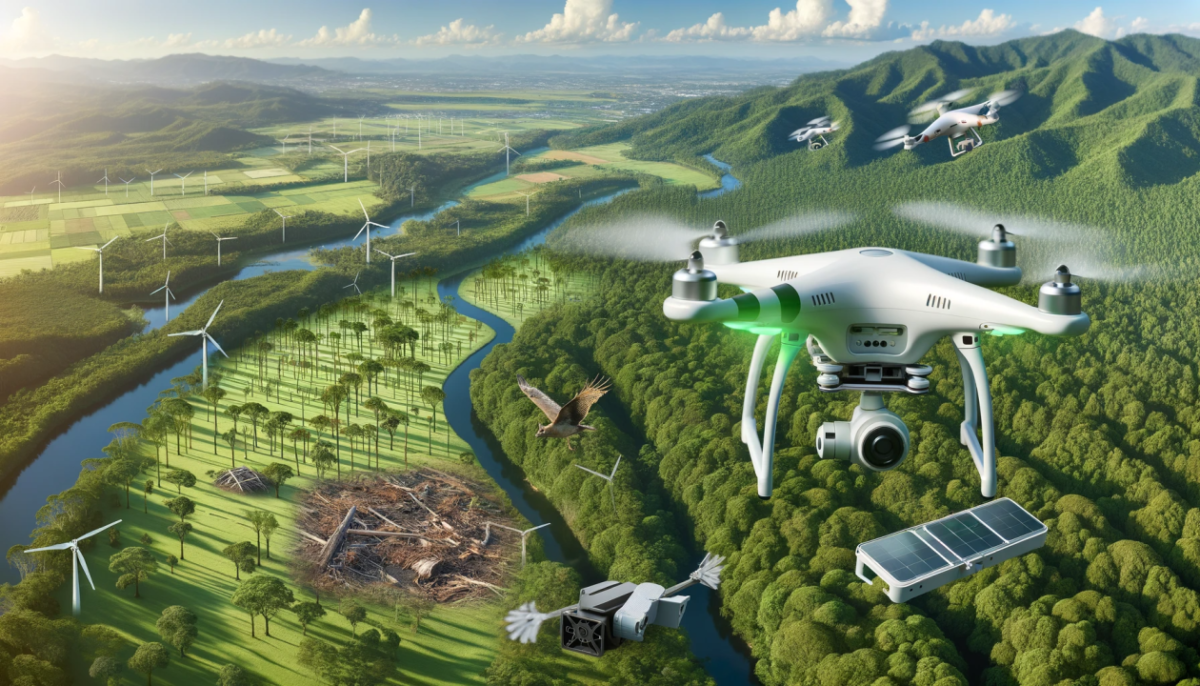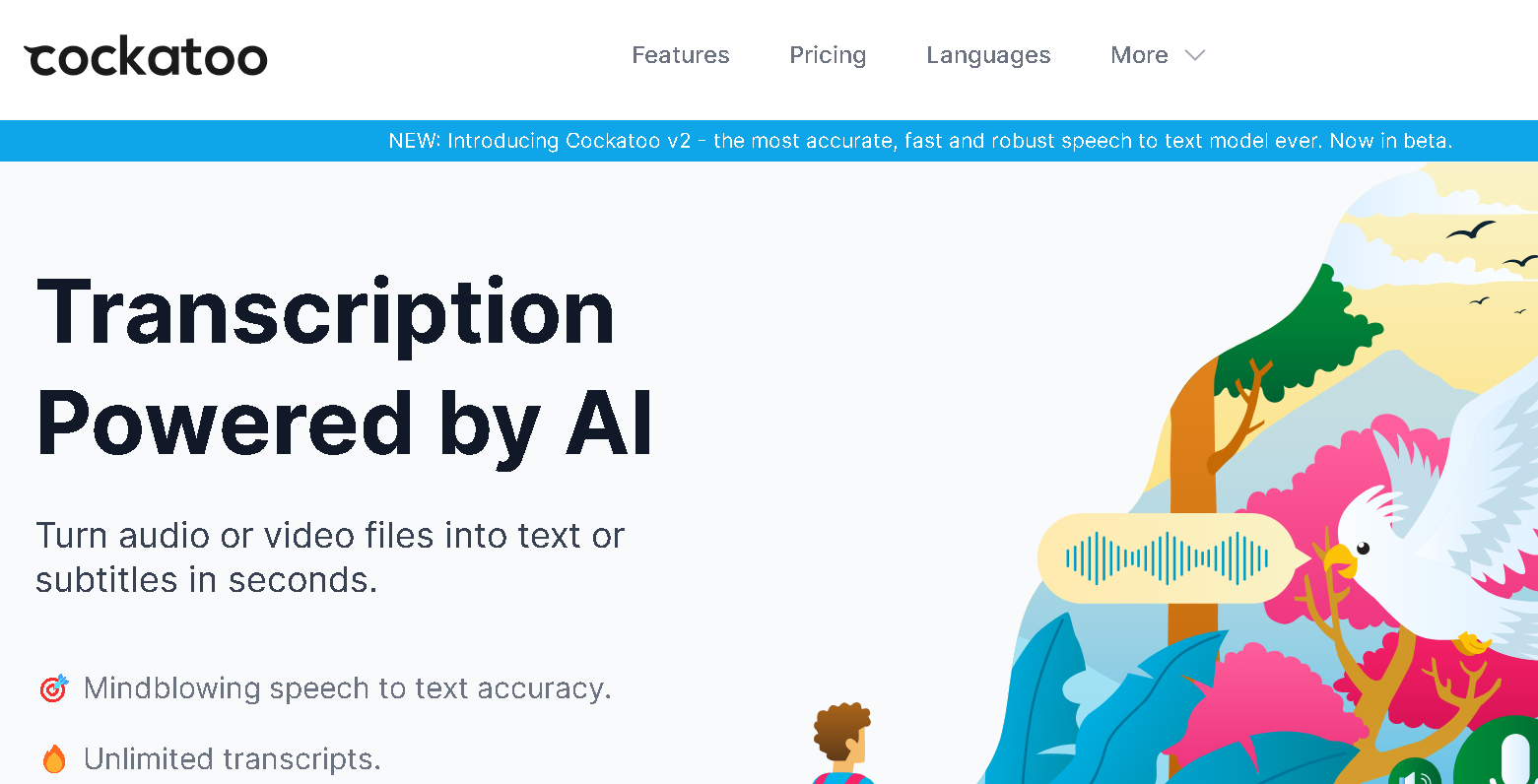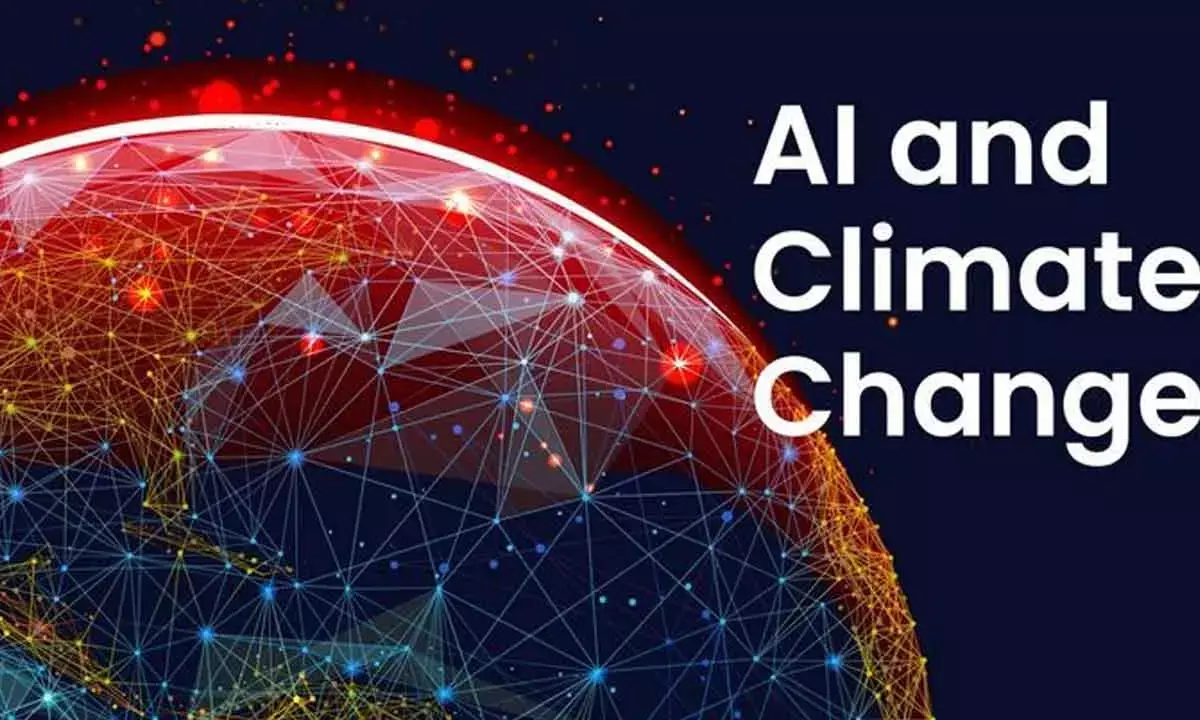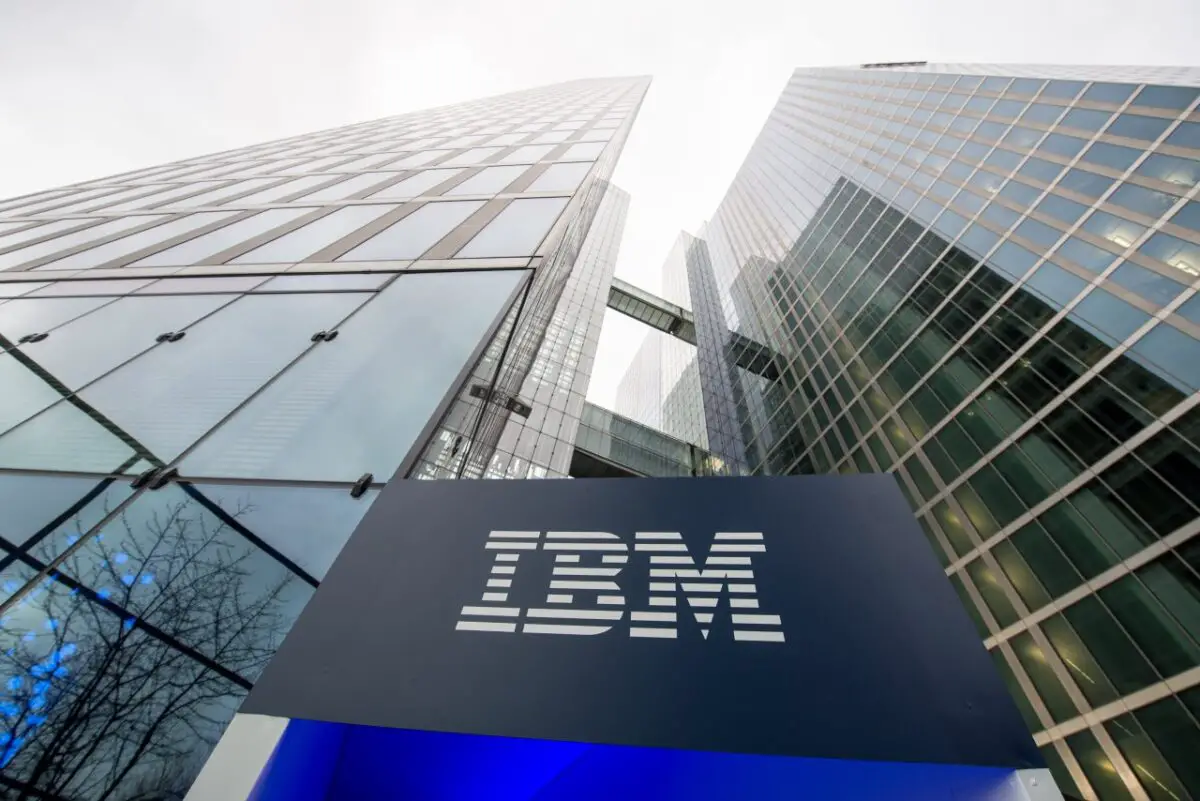One of the most revolutionary developments in technology in recent years is the evolution of autonomous drones. Drones are becoming a necessary tool for many businesses, from consumer to military, and their capabilities are growing quickly. Autonomous drones have the potential to completely transform a variety of industries in the future, including urban planning, logistics, agriculture, and environmental monitoring. This blog post explores the patterns influencing the advancement of autonomous drones, their uses, and the opportunities and difficulties that may arise in the future.

1. Introduction to Autonomous Drones
Autonomous drones, or unmanned aerial vehicles (UAVs), operate without direct human intervention. Unlike traditional remote-controlled drones, autonomous drones leverage advanced technologies such as artificial intelligence (AI), machine learning, computer vision, and advanced sensors to perform complex tasks independently. These drones can navigate, avoid obstacles, and make decisions in real-time, making them ideal for various applications.
2. Technological Trends Shaping Autonomous Drones
Several technological trends are fueling the development of autonomous drones, enhancing their capabilities and expanding their applications:
- Artificial Intelligence (AI) and Machine Learning: AI enables drones to analyze data in real-time, recognize patterns, and make decisions autonomously. Machine learning algorithms allow drones to improve their performance over time, learning from past experiences and adapting to new environments.
- Advanced Sensors and Computer Vision: Modern drones are equipped with a variety of sensors, including LiDAR, infrared, and ultrasonic sensors, allowing them to detect and avoid obstacles, even in complex environments. Computer vision technology enables drones to interpret visual data, recognize objects, and perform tasks like mapping and surveillance.
- 5G Connectivity: The rollout of 5G networks offers faster data transmission and lower latency, enabling drones to communicate with each other and ground control stations more effectively. This connectivity is crucial for real-time data processing and coordination in complex operations.
- Edge Computing: Edge computing allows data processing to occur closer to the drone, reducing the need for constant communication with central servers. This capability is essential for autonomous drones operating in remote or high-risk areas where connectivity may be limited.
- Battery and Power Management: Advances in battery technology and power management systems are extending the flight times of autonomous drones, enabling longer missions and reducing downtime for recharging.
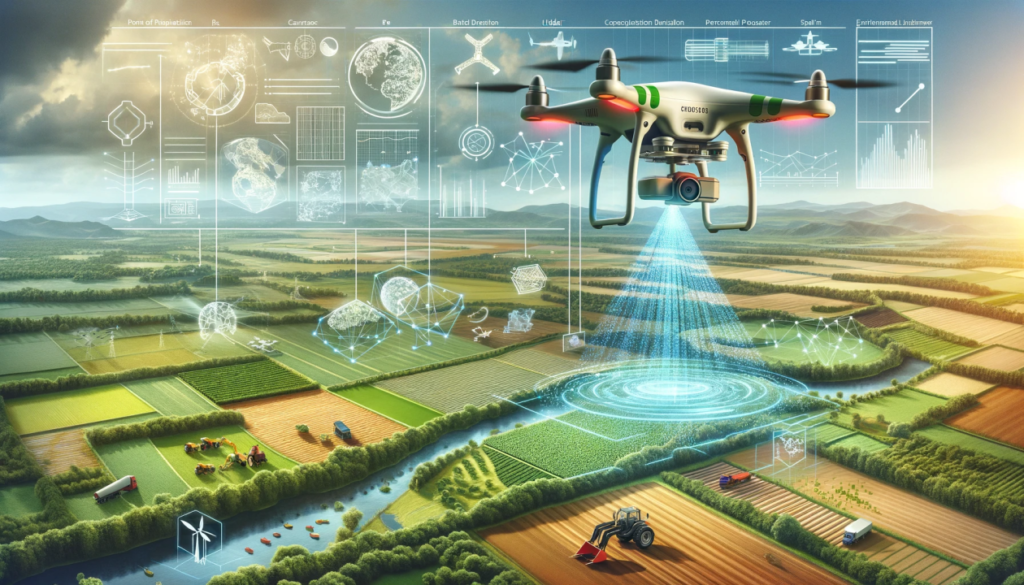
3. Applications of Autonomous Drones
The applications of autonomous drones are vast and diverse, with new use cases emerging regularly. Some of the most promising areas include:
- Agriculture: Autonomous drones are transforming precision agriculture by providing farmers with detailed insights into crop health, soil conditions, and pest infestations. Equipped with multispectral sensors, drones can analyze large fields quickly and accurately, allowing farmers to optimize irrigation, fertilization, and pest control.
- Logistics and Delivery: Companies like Amazon and UPS are exploring the use of autonomous drones for last-mile delivery. These drones can navigate urban environments, avoiding traffic and obstacles, to deliver packages quickly and efficiently. This technology has the potential to revolutionize the logistics industry, reducing delivery times and costs.
- Surveillance and Security: Autonomous drones are increasingly used in surveillance and security operations. They can monitor large areas, detect intrusions, and provide real-time footage to security teams. In disaster management, drones can quickly assess damage, locate survivors, and deliver aid to hard-to-reach areas.
- Environmental Monitoring: Drones are valuable tools for environmental monitoring, capable of collecting data on air quality, wildlife populations, and deforestation. Autonomous drones can operate in harsh environments, providing continuous monitoring and data collection without human intervention.
- Urban Planning and Infrastructure Inspection: In urban planning, drones can create detailed 3D maps of cities, helping planners design more efficient and sustainable urban environments. For infrastructure inspection, drones can autonomously inspect bridges, power lines, and pipelines, identifying potential issues before they become critical.
- Mining and Resource Exploration: Autonomous drones are used in mining for tasks such as surveying, mapping, and monitoring. They can navigate hazardous environments, providing data on ore deposits, geological features, and environmental conditions.
- Emergency Response: In emergencies, drones can be deployed to assess the situation, locate victims, and deliver critical supplies. Their ability to operate in challenging environments makes them invaluable tools for first responders.

4. Challenges Facing Autonomous Drones
While the future of autonomous drones is promising, several challenges must be addressed to unlock their full potential:
- Regulatory and Legal Issues: The widespread use of autonomous drones raises significant regulatory and legal challenges. Governments around the world are grappling with how to regulate drone operations, ensure safety, and protect privacy. Creating a unified regulatory framework that balances innovation with public safety is crucial.
- Safety and Reliability: Ensuring the safety and reliability of autonomous drones is a significant challenge. Drones must be able to operate safely in various conditions, including bad weather, crowded airspaces, and complex urban environments. Developing fail-safe systems and robust communication networks is essential to prevent accidents and ensure the safe integration of drones into airspace.
- Security Concerns: As drones become more autonomous, there is an increased risk of hacking and cyber-attacks. Securing the communication links and onboard systems of drones is critical to preventing malicious actors from taking control of drones and using them for nefarious purposes.
- Ethical Considerations: The use of autonomous drones, particularly in surveillance and military applications, raises ethical questions about privacy, accountability, and the potential for misuse. Establishing clear ethical guidelines and oversight mechanisms is necessary to address these concerns.
- Public Perception and Acceptance: Public perception of drones can influence their adoption and integration into society. Concerns about privacy, noise, and safety can lead to resistance from communities. Educating the public about the benefits of drones and addressing their concerns will be important for gaining widespread acceptance.
5. Opportunities for the Future
Despite these challenges, the future of autonomous drones presents significant opportunities:
- Economic Growth: The drone industry is expected to contribute significantly to economic growth, creating jobs and stimulating innovation in various sectors. As drones become more integrated into industries like agriculture, logistics, and construction, they will drive efficiency and productivity gains.
- Sustainability: Drones have the potential to contribute to sustainability efforts by reducing the environmental impact of various activities. For example, drones can optimize agricultural practices, reducing the need for water and pesticides. In logistics, drones can reduce the carbon footprint of delivery services by replacing traditional vehicles with electric-powered drones.
- Disaster Relief and Humanitarian Aid: Drones can play a critical role in disaster relief and humanitarian aid efforts. Their ability to quickly assess damage, deliver supplies, and locate survivors can save lives in the aftermath of natural disasters and other emergencies.
- Innovation in AI and Robotics: The development of autonomous drones is driving innovation in AI and robotics. Advances in these fields will have broader implications, leading to new applications and technologies beyond drones.
- Enhanced Data Collection and Analysis: Autonomous drones can collect vast amounts of data, providing valuable insights for industries ranging from agriculture to environmental monitoring. This data can be used to make informed decisions, optimize processes, and improve outcomes.
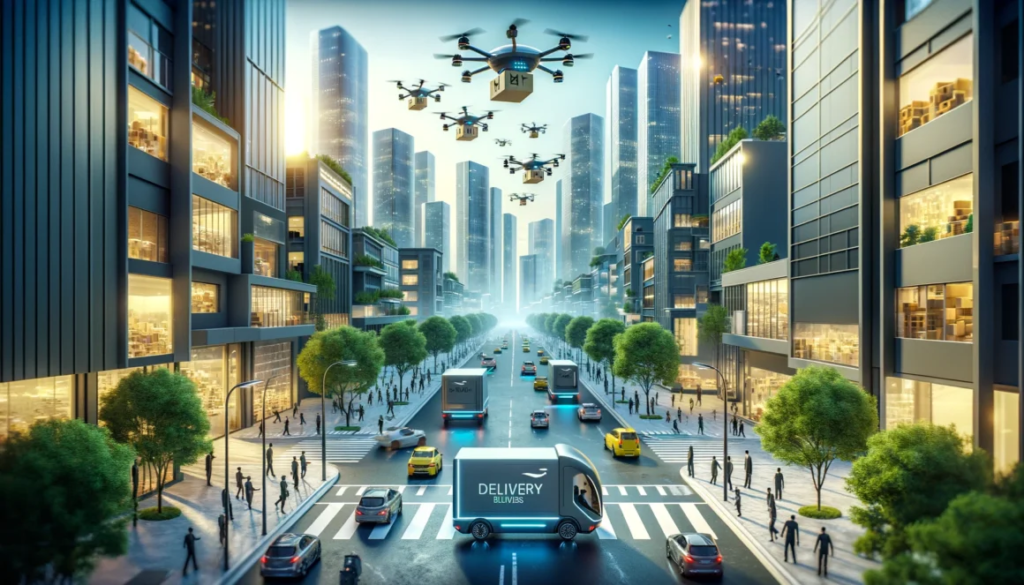
6. Conclusion
The future of autonomous drones is bright, with the potential to transform industries and improve lives. As technology advances, we can expect to see even more sophisticated drones capable of performing complex tasks with minimal human intervention. However, realizing this potential will require addressing regulatory, safety, and ethical challenges while fostering innovation and public acceptance. By doing so, we can harness the power of autonomous drones to create a safer, more efficient, and sustainable world.
In the coming years, autonomous drones will likely become an integral part of our daily lives, from delivering packages to monitoring the environment and assisting in emergency response. The key to their success will be the ability to balance technological advancements with responsible deployment, ensuring that these powerful tools are used for the greater good. Tech-arcis







